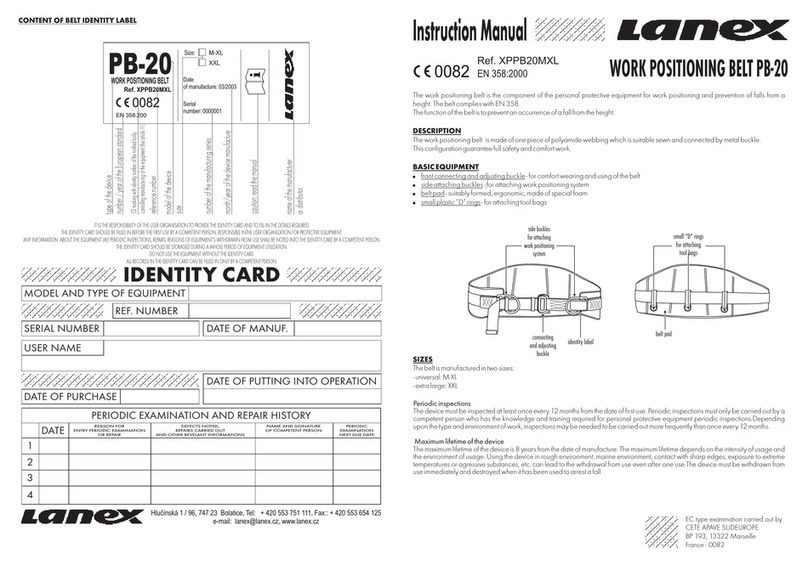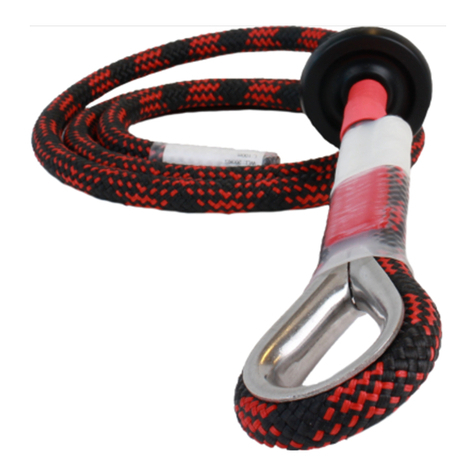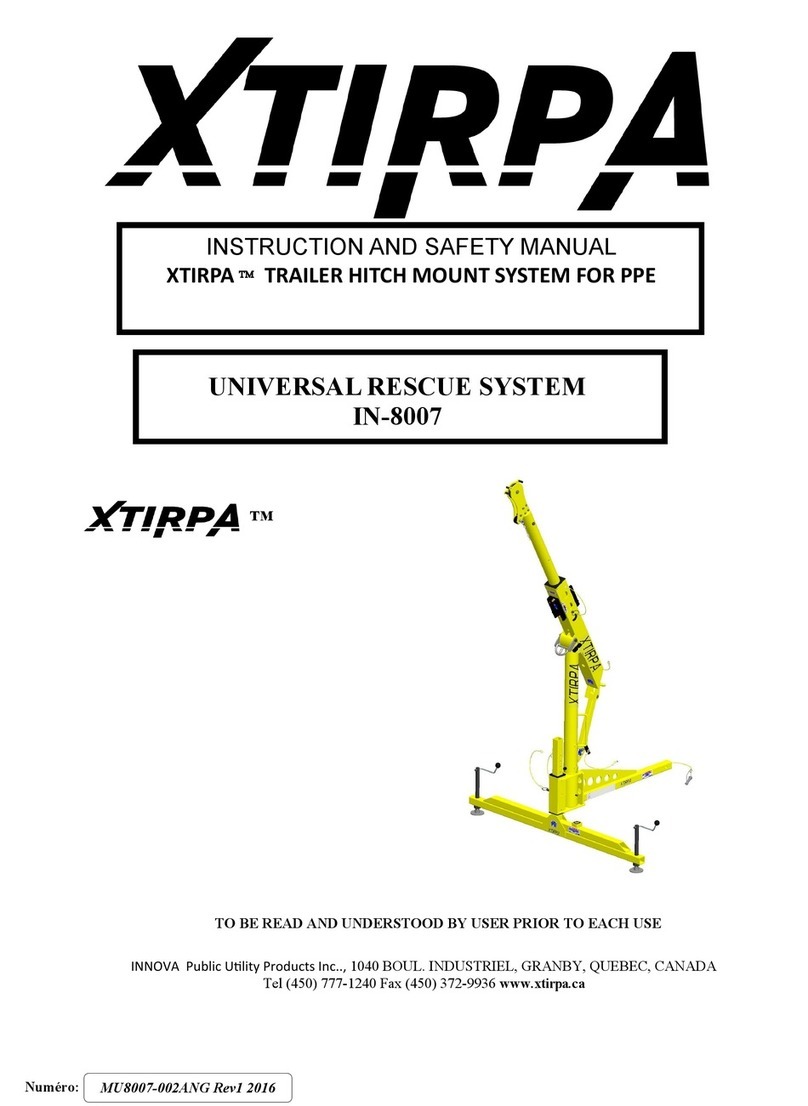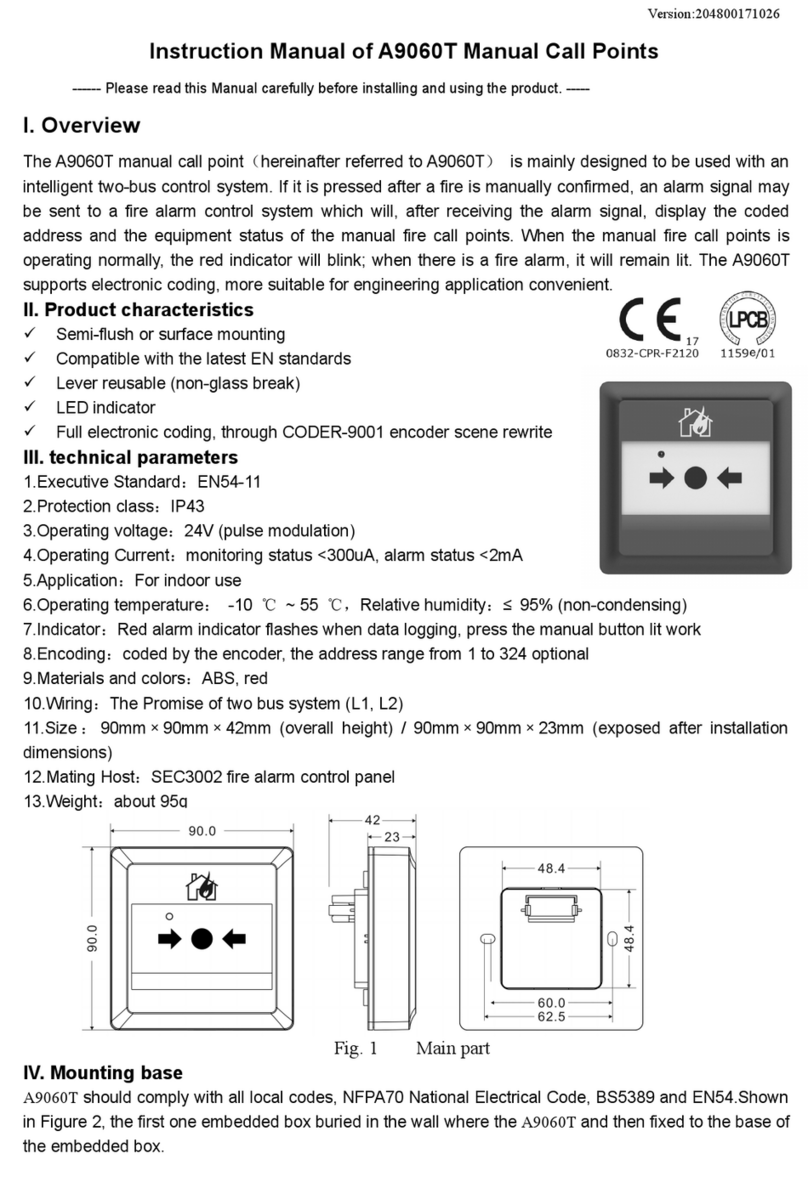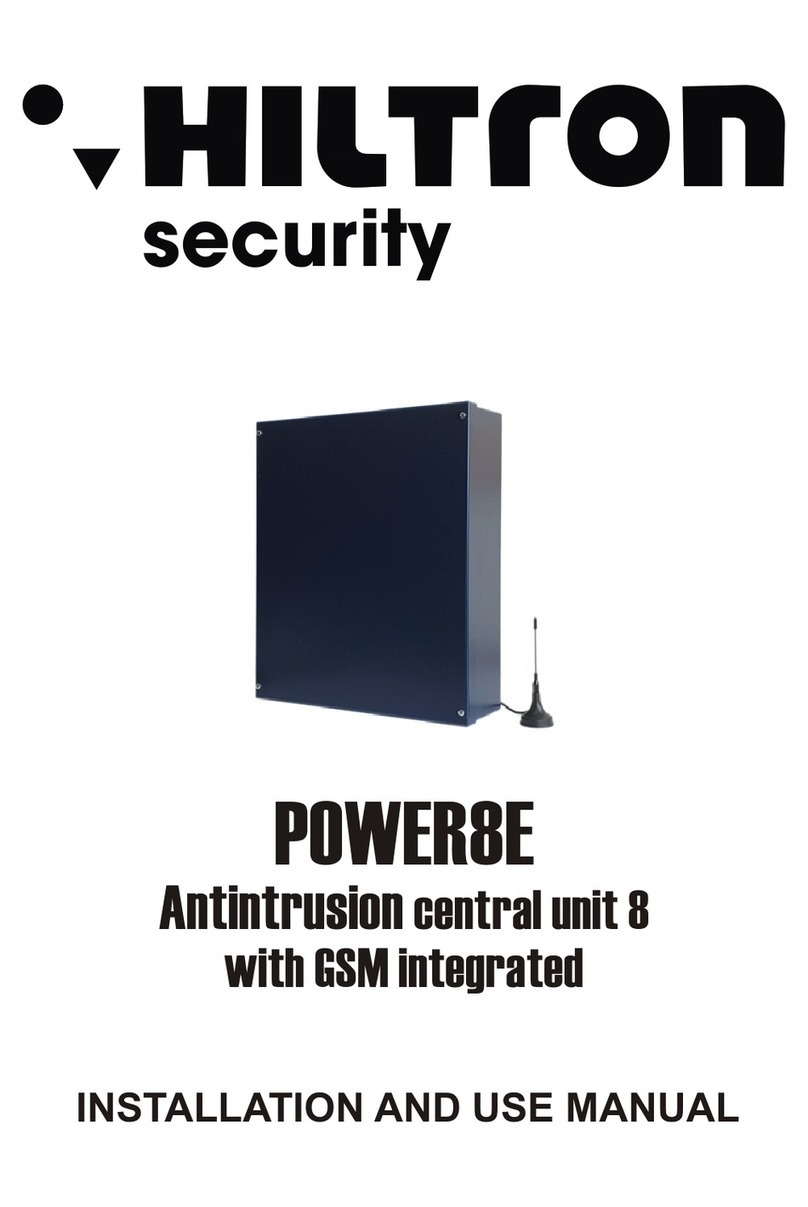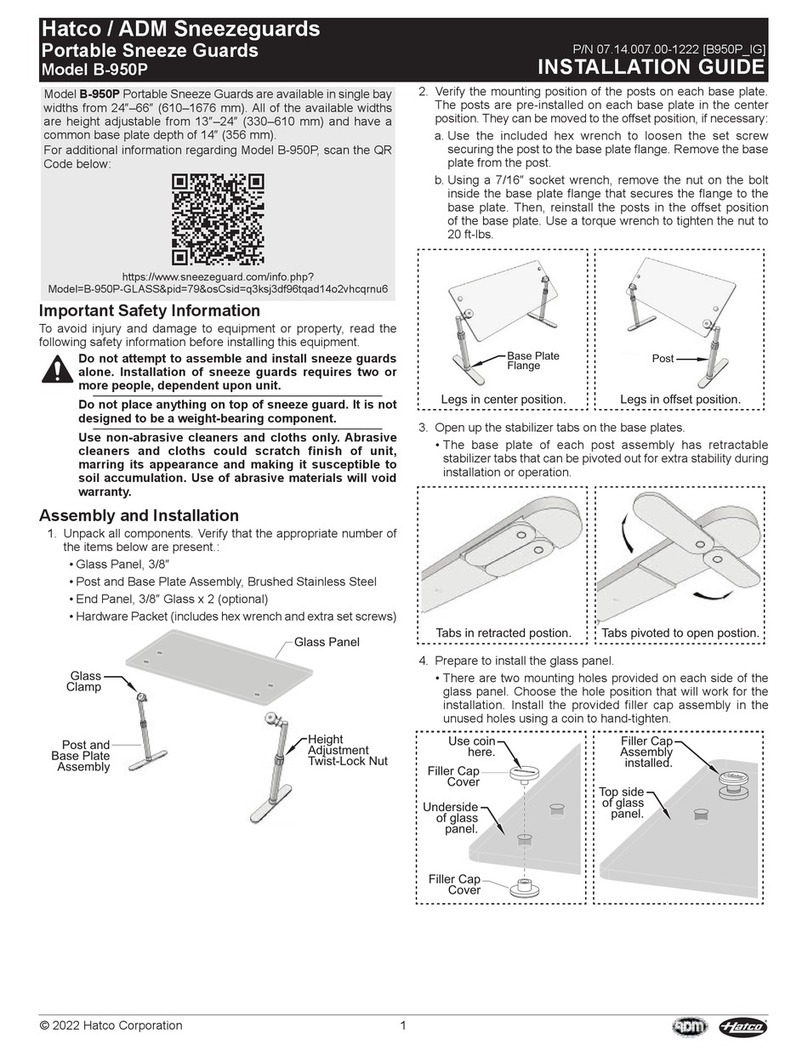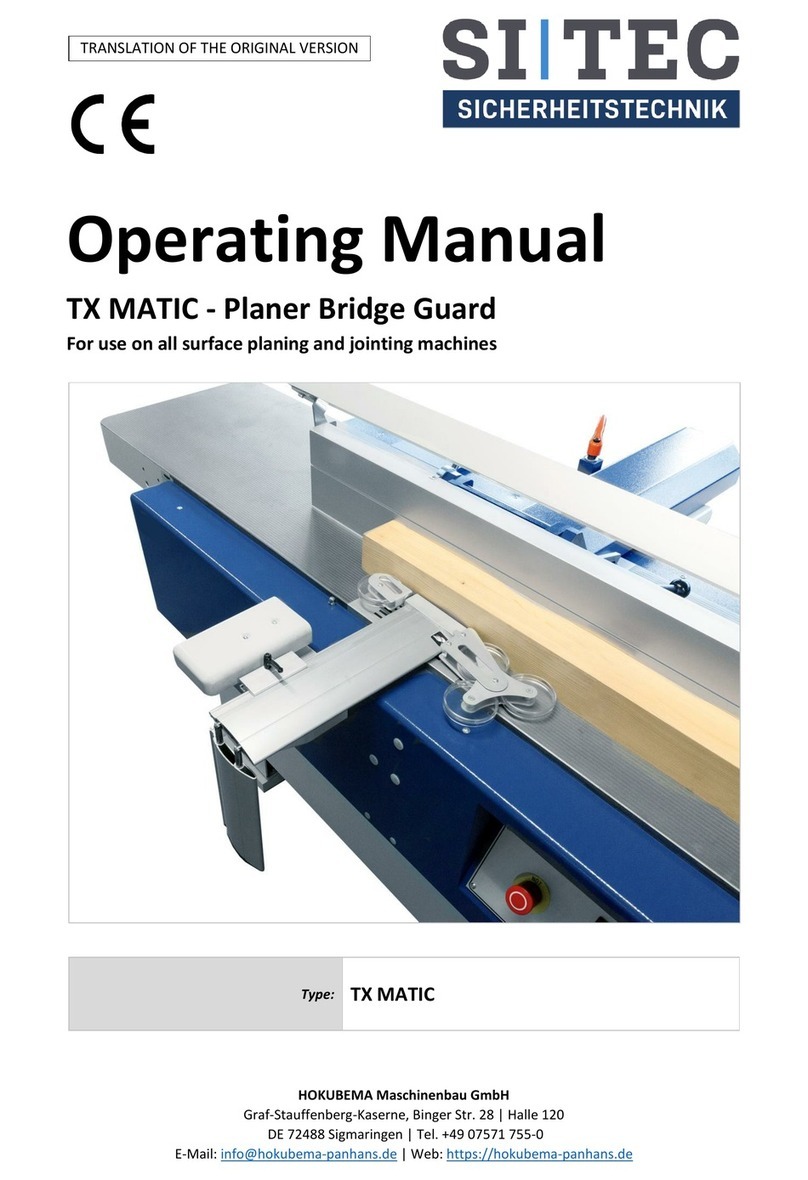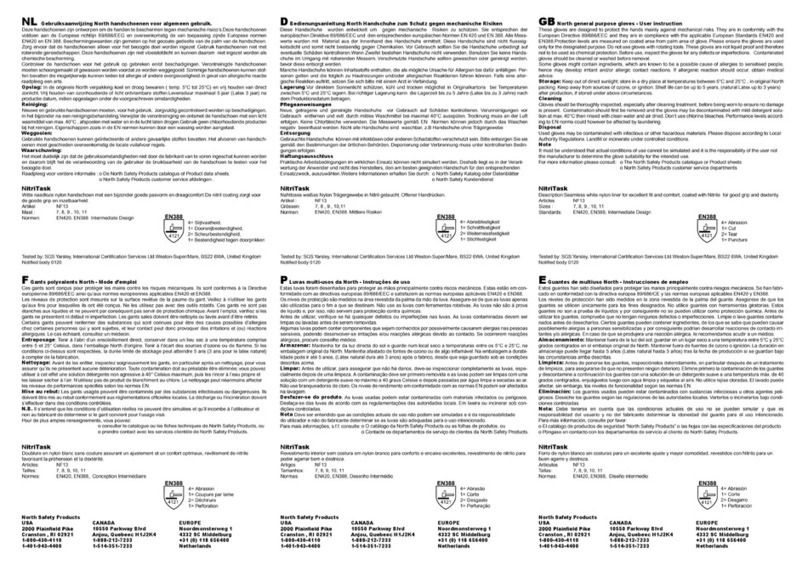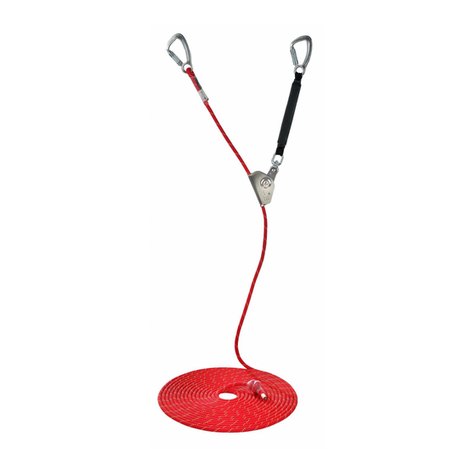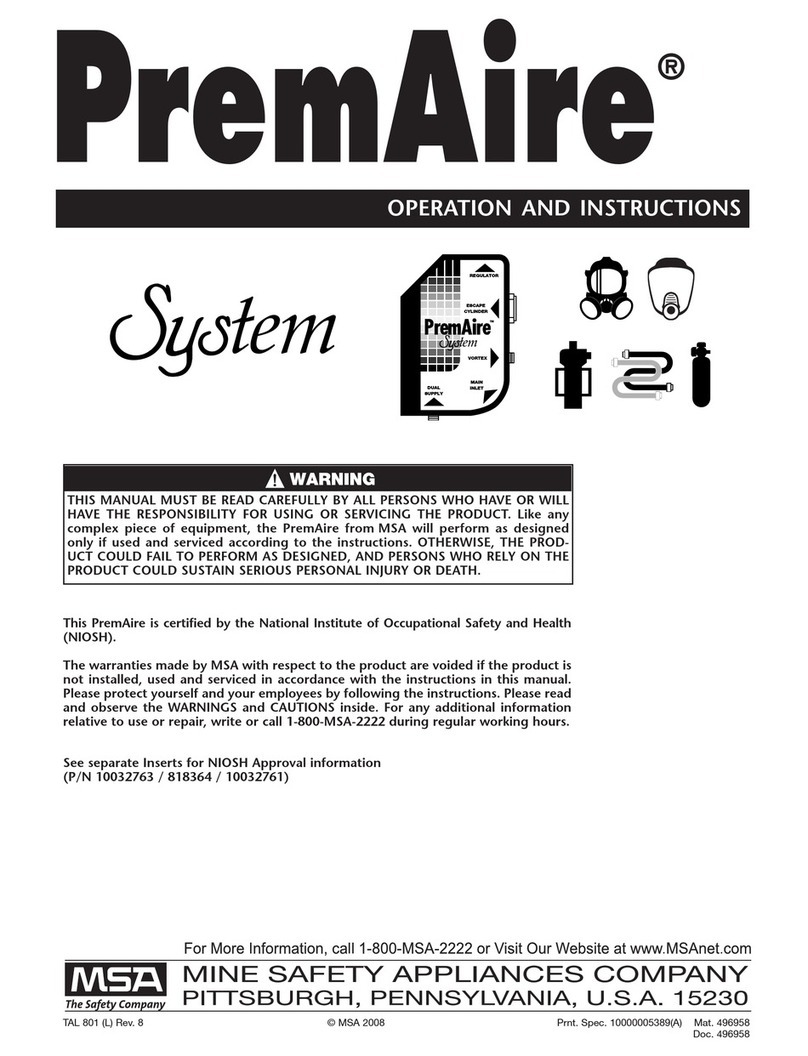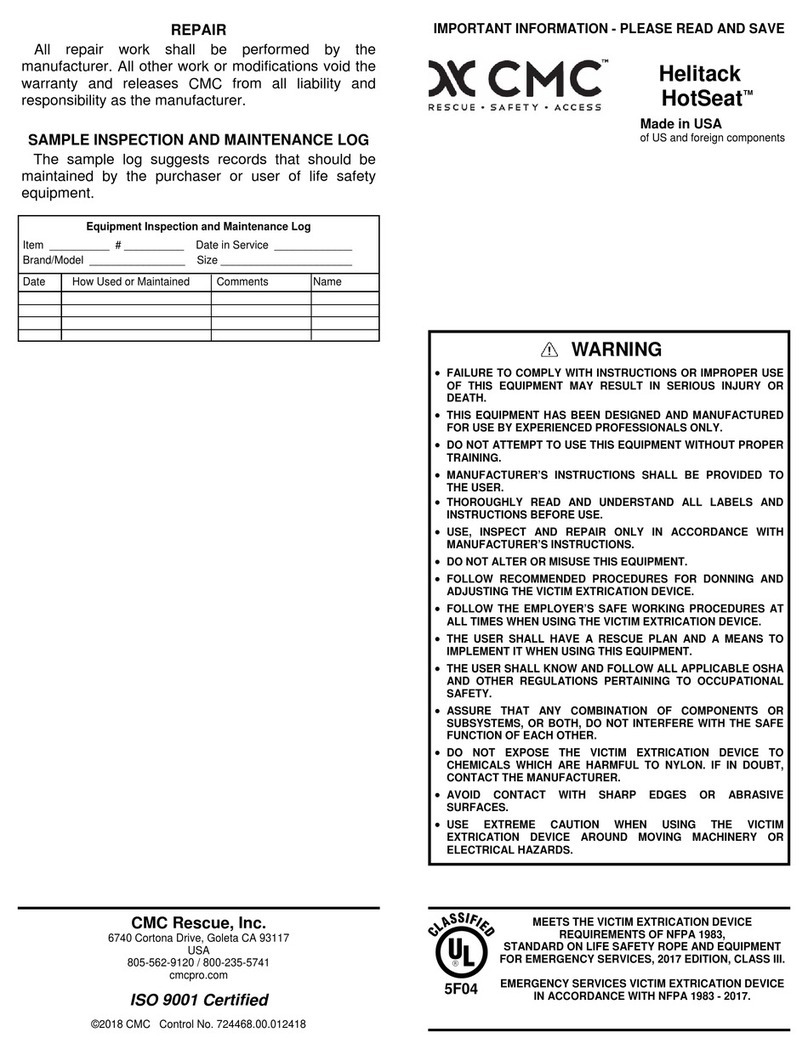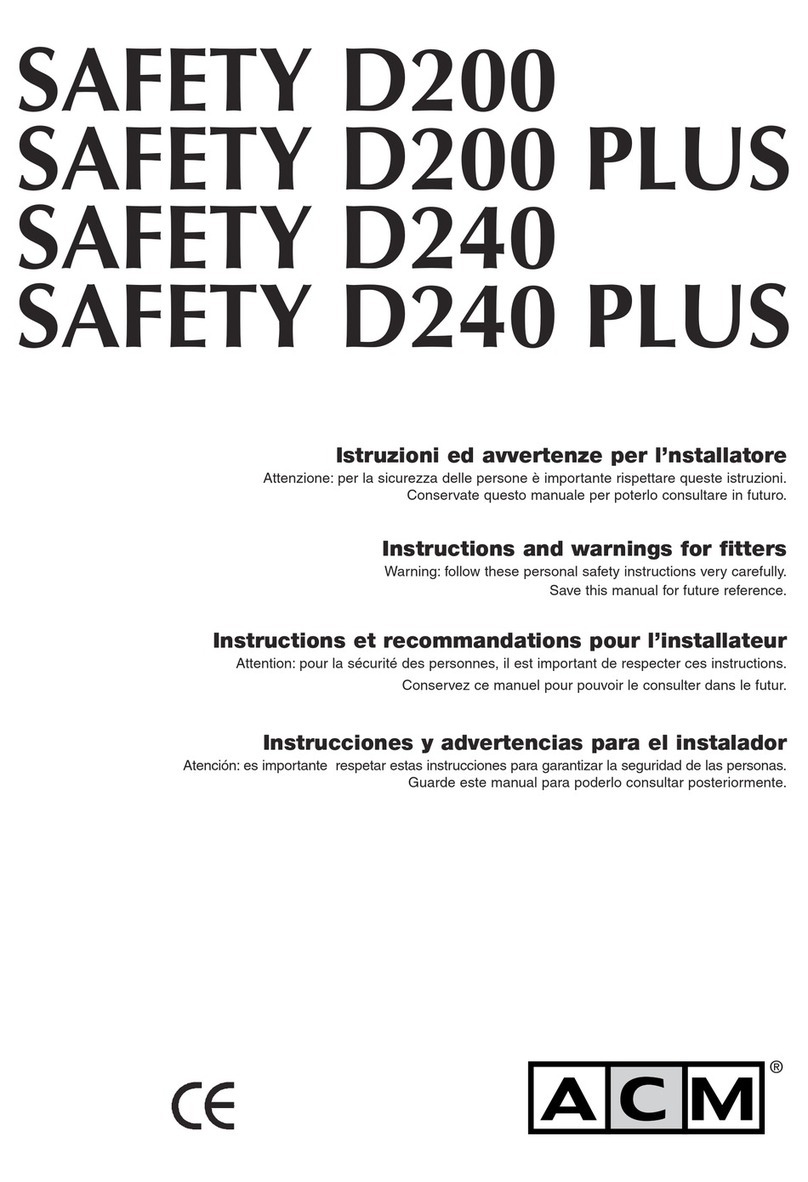f. Coronary artery disease
g. Severe or progressive hypertension
h. Neurological conditions
i. Anemia, pernicious
j. Diabetes, insipidus or mellitus
k. Breathing difficulty when wearing an SCBA
l. Claustrophobia or anxiety when wearing an SCBA
m. Abnormal EKG results from resting, or stress tests
n. Punctured or ruptured ear drum
o. Medications
1.1.4 TRAINING PROGRAM
These brief written instructions cannot substitute for a formal Respirator Training Program. Training
should be performed with a Safety Manager to ensure you are trained in the proper use of respira-
tors, including putting on and removing them. Your training should include an opportunity for you to
handle the respirator, learn how to inspect it, have it properly fitted, test its facepiece-to-face seal
and wear it in an area with uncontaminated air while becoming familiar with it. You must inspect the
respirator before and after each use to ensure that it is in good working condition.
Training Programs in the U.S. should be based on ANSI Z88.2-1992, OSHA Regulation 29CFR
Section 1910.134 and other regulations promulgated by various Regulatory Authorities. In Canada,
the training program should be based on CSA Standard Z94.4-93.
1.1.5 FIT TESTING
Before you are assigned a respirator with a tight fitting facepiece, you should have a qualitative or
quantitative fit test to make sure it fits correctly. Ask your supervisor about these fit tests.
The North Frontier Series is approved with North facepieces and hoods in sizes small and
medium/large. Most faces can be fit with the medium/large; however some persons with small faces
may get a better fit with the small. In addition, if your respirator has a tight fitting facepiece, you
should be fit-tested at least once a year or any time there are changes that may affect the fit of the
respirator, such as weight changes or dental surgery.
A quantitative fit test adapter (North catalog number 900099) is available for conducting fit tests.
Instructions for fit testing are given in OSHA 29 CFR §1910.134 Appendix A, and respirator manuals
published by government agencies such as NIOSH, ERDA, and NRC.
1.1.6 USER SEAL CHECKS
Each time that the respirator is put on, and before each entry into a contaminated atmosphere, the
respirator wearer should check the effectiveness of the seal of the facepiece to the wearer’s face by
carrying out a user seal check. Instructions for carrying out user seal checks on this respirator are
given in Section 4.2.1 of these User’s Instructions.
1.2 SERVICE DURATION
The Frontier has been approved as a 30 minute, 45 minute or 60 minute breathing apparatus. The
useful service duration of this, or any SCBA, will depend on the user’s varying work rate, physical
condition and other factors which could substantially shorten the actual duration of the unit.
5
